By Meyer Gorelick
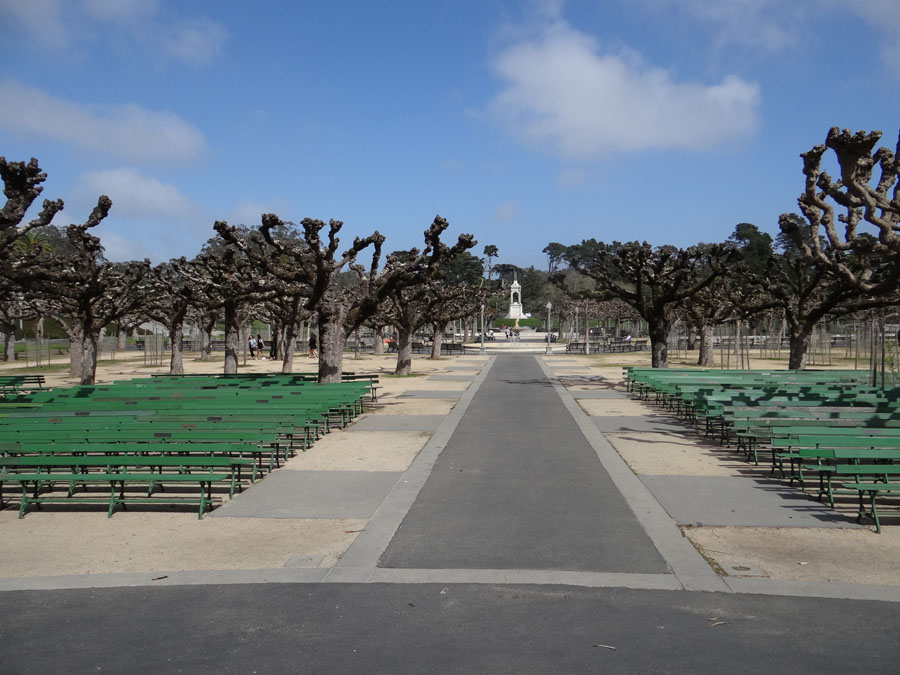
The heart of Golden Gate Park is the Music Concourse, an open-air plaza flanked by two state-of-the-art cultural institutions: the California Academy of Sciences and the M.H. de Young Memorial Museum. It is also the site of the beloved Japanese Tea Garden.
Renovated in the early 2000s, the Music Concourse now sits atop an 800-car garage to help accommodate the millions of annual visitors. At the southwest corner of the ovular concourse is the Japanese Tea Garden, the oldest public Japanese garden in North America, with a unique and complicated past.
As the 150th anniversary of Golden Gate Park arrives, now is a good time to reflect on how war, earthquakes and philanthropy impacted these world-class attractions that sit in San Francisco’s back yard. While the Japanese Tea Garden, Academy of Sciences and de Young Museum sit closed for the time being – due to the COVID-19 global pandemic – it is good time learn about their history and to celebrate what has made them such special attractions of the world-class park.
The Japanese Tea Garden
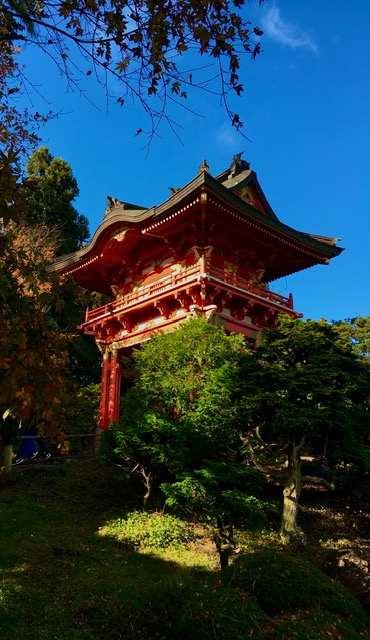
The Japanese Tea Garden is a beautifully landscaped five acres of carefully curated space that features picturesque pagodas, bridges, paths, shrines and plants. There is a fascinating and, in a way, troubling family history behind the attraction.
Makoto Hagiwara, who arrived in San Francisco in 1878 from Japan, was a friend of Golden Gate Park’s Superintendent John McLaren and took over as manager of the garden in 1894. Makoto immediately began work on converting what had been the “Japanese Village” at the 1894 World’s Fair held in the park into an authentic taste of Japanese horticulture.
It was not easy work, and Hagiwara’s best intentions were often challenged by institutional racism. In 1901, due to an anti-Asian immigrant amendment to the San Francisco city charter, he was removed as manager of the garden. Forced to operate from the shadows, many of his plans were carried out despite his official absence.
In 1906, after the earthquake, Hagiwara was restored as manager by the Board of Supervisors. Three years later, he built his family a 17-room home in the garden. He worked hard cultivating an authentic experience for visitors, expanding and improving on the garden with artifacts purchased from Japan until his death in 1926.
The home Hagiwara built was a glimpse inside 19th century Japan.
“In the garden, everything was Japanese. They spoke Japanese, during the day they dressed in Kimono to serve,” said Hagiwara’s great-great grandson Doug Dawkins. “It was full-on Japanese lifestyle.”
“They used to keep the brazier (small stove) going. It’s a huge bronze brazier, so they kept a fire going 24 hours a day with hot water for tea,” he added. “Around this brazier idea was the idea that they ran their household here, the way you would run one in Japan.”
Dawkins’ mother and Hagiwara’s great granddaughter, Tanako Hagiwara, lived in this house until she was four years old.
After Pearl Harbor, Tanako and her family were removed from their home and relocated to the Tanforan race track and later Topaz Japanese internment camps in Utah. Months after their relocation, the home was torn down.
It was a scramble to relocate their possessions, but after negotiations with the city, a number of belongings and valuable artifacts were retained. Unfortunately, in the 1950s, most of these assets had to be auctioned off before they could appreciate.
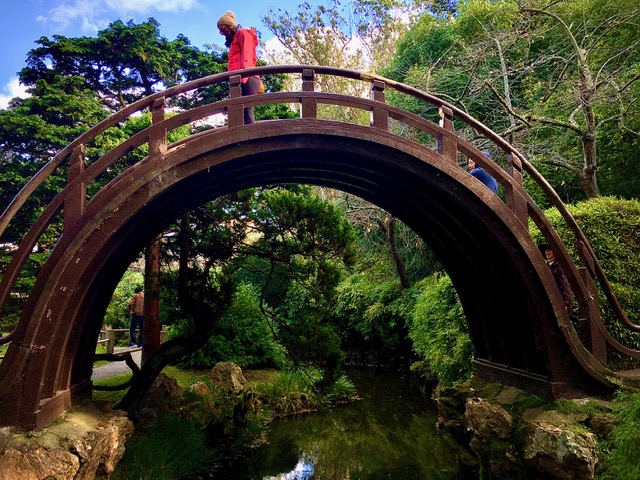
In the meantime, the garden lost several of its buildings during World War II. Well-meaning European landscapers made gardens that were superficially Asian but failed to adhere to Japanese tradition.
In 1974 renowned artist Ruth Asawa, concerned that their contributions would be forgotten, designed a plaque in the garden to commemorate the Hagiwaras. It was at this ceremony that Dawkins realized his family’s connection to the tea garden. He started asking questions and embarked on a journey through his past that has made him a family historian of sorts.
Dawkins and his mother have a positive relationship today with the garden and its staff. Gardener Captain Steve Pitsenbarger wants to maintain Makoto Hagiwara’s original goal of giving visitors a real look into ancient Japanese culture. He is aware that certain traditional aspects and practices were lost when the Hagiwara family left, and he is working hard to restore them.
“We have the responsibility of being more than just a garden,” Pitsenbarger said.
To celebrate the 125th anniversary of the Japanese Tea Garden and the 150th anniversary of Golden Gate Park, the SF Recreation and Park Department began a $2 million renovation of the garden and its main pagoda in February.
M.H. de Young Museum
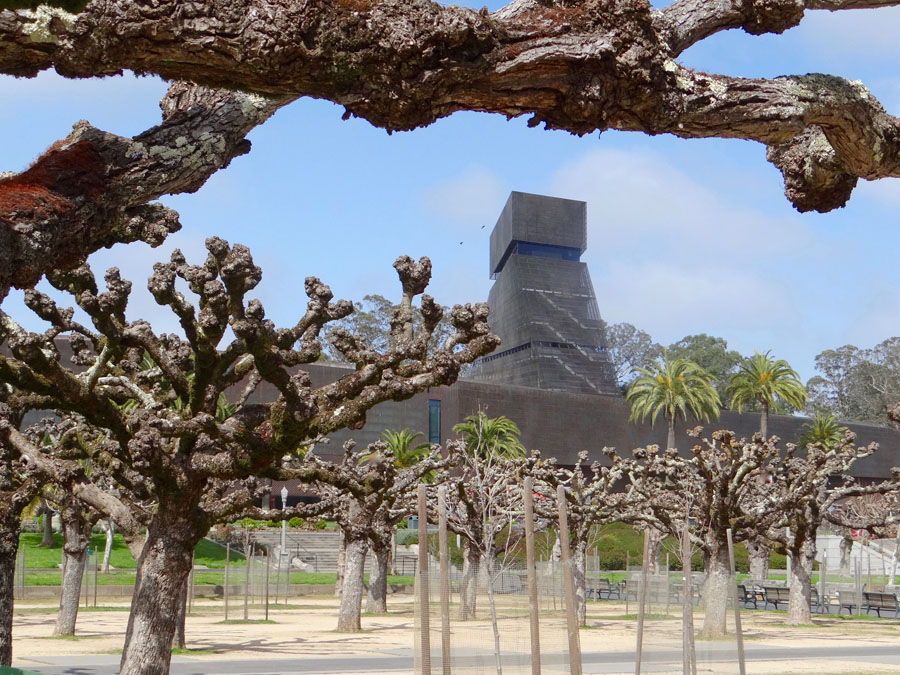
The campaign to bring the 1894 World’s Fair to San Francisco which brought to Golden Gate Park the “Japanese Village” (which became today’s Japanese Tea Garden), was headed by Michael Henry (M.H.) de Young, the co-founder of the San Francisco Chronicle. That year, he was the director-general of the California Midwinter International Exposition.
The Fine Arts Building from the fair was converted into a museum for San Francisco residents in 1895, which remained open until the 1906 earthquake caused it significant damage that required a year-and-a-half closure for repairs.
As its popularity grew, de Young proposed a new building which was completed in 1919. The Spanish-Plateresque-style building served as the core of what the museum has become. After adding a central section and the museum’s tower in 1921, de Young’s generous contributions were acknowledged when the museum was named in his honor.
In 1989 it was the Loma Prieta earthquake’s turn to inflict significant structural damage. Ten years later, after much deliberation, fund-raising and community input, the new architectural design – the current structure – was agreed upon by the board of trustees. In 2000, a five-year rebuild began. The new de Young Museum opened in October 2005.
According to The Art Newspaper (April 2012), the new museum is the most visited art museum west of the Mississippi River, the sixth-most-visited art museum in North America and the 35th-most visited in the world.
Academy of Sciences
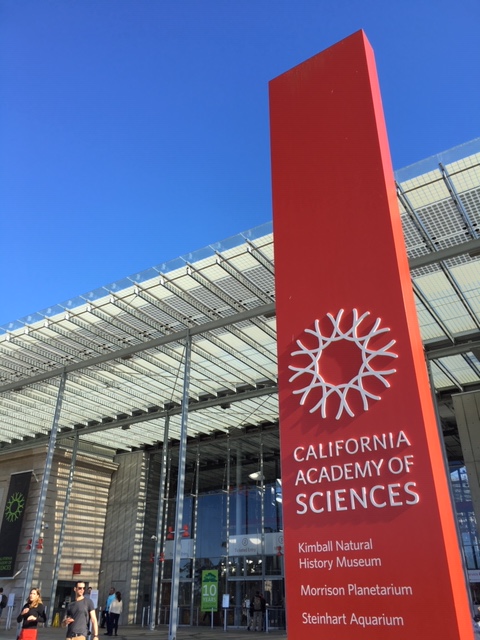
The California Academy of Sciences is one of the largest natural history museums in the world, and home to more than 46 million specimens. Founded in 1853, it became the first scientific academy west of the Atlantic seaboard.
Its first physical museum location opened in Chinatown at what is today California and Grant streets in 1874. In 1891 it relocated to Market Street between Fourth and Fifth streets.
Like the Japanese Tea Garden and the de Young Museum, the 1906 earthquake changed the fate of this museum as well. Fires destroyed the structure and most of its popular collection.
“I got down to the Academy at about 7 a.m. and found the bridge connecting the two buildings gone and the museum stairs badly wrecked,” said Academy director Leverett Mills Loomis at the time. “I managed to climb up to the top floor … when Miss Hyde came to my aid. Together at the time we saved all the records … Meanwhile the fires started by the earthquake were closing in on the Academy.”
With a new collection replenished by a two-year Galapagos expedition, in 1916 the Academy found its current home in Golden Gate Park. In 1923 Steinhart Aquarium opened to the public, followed by Simson African Hall in 1934.
During World War II the museum supported the Navy by repairing optical and navigational equipment. After the war, in 1952, the Morrison Planetarium was added to the fold.
The Loma Prieta earthquake of 1989 brought new challenges, inflicting structural damage that forced the permanent closure of one of its halls. With the need for significant upgrades to all of its buildings looming, the Academy, like the de Young, seized an opportunity for a complete renovation. In 2003 the museum returned to its downtown roots to be exhibited temporarily at 875 Howard St., while a state-of-the-art facility was constructed at its present home along the Music Concourse.
In 2008 the aquarium, planetarium and natural history museum were united under one living roof (on top of the new building sits 2.5 acres of rolling hills and fields). In its first decade, 15 million visitors came to enjoy its world-class science exhibitions.
RichmondSunsetNews.com is sponsored in part by:

Click on graphic for more information.
Categories: Golden Gate Park, Richmond Review















